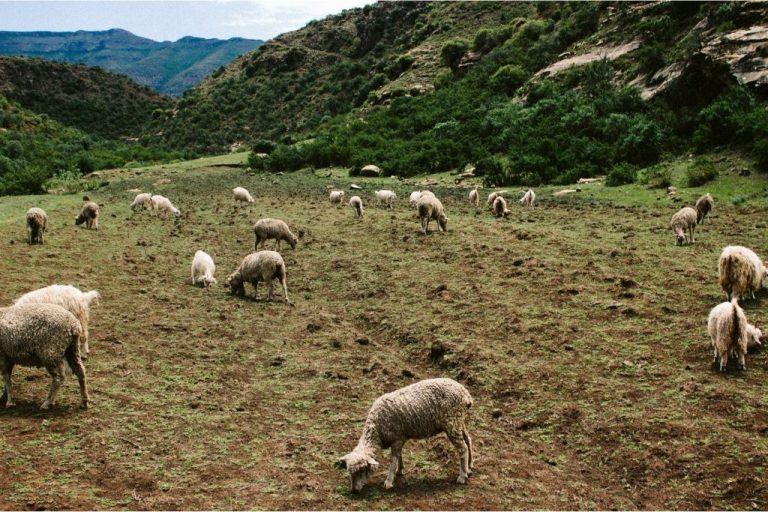Angola is a country located in southeastern Africa. It borders the Democratic Republic of the Congo, Zambia, Namibia, and Zimbabwe.
Angola used to be a country devastated by war and malnutrition. However, since the country is rich in natural resources like petroleum, gems, and metals, it made its comeback and became one of the wealthiest African states.
One of Angola’s most significant natural resources is diamonds; in fact, Angola was one of the world’s top 5 diamond producers. But, sadly, due to corruption and diamond smuggling, the country hasn’t attracted much foreign investment.
Angola is a country that thousands of travelers dream of visiting. It’s the last country in the world where modern society is still intact, and the people are amicable.
It sure is a challenging place to visit due to the stringent visa policies and high prices. In addition, the country’s war-filled history is another factor that attracts only the most adventurous travelers to explore its vicinity.
It is a beautiful country to visit as it houses Africa’s second-largest waterfall and the remains of Portuguese colonial history, such as the Fortaleza de Sao Miguel.
There are many national parks where you can connect with the wildlife. In addition, the beaches and eateries are also impressive. You can try the Portuguese-influenced cuisine in its many restaurants.
Geography
Angola is a large African country with various landscapes such as sparsely populated rainforests, rugged highlands, the Cabinda exclave, and river valleys.
The north and northeast of the country are bordered by the Democratic Republic of the Congo. In contrast, the Republic of Congo borders the country to the far northwest, Zambia to the southeast, Namibia to the south, and the Atlantic Ocean to the west.
Climate
Angola typically has a tropical climate which brings the dry season. Rainfall decreases rapidly from north to south with the proximity to the coast.
Rainfall occurs in Angola from December to March in the southern region of the country. The Maiombe forest receives the highest amount of rainfall in the country.
Best time to travel in Angola
June to October is a great time to visit this country as the weather is sunny and calm. There’s little to no risk of rain and storm, due to which exploring the national parks will be enjoyable.
Nature and Wildlife
Angola’s dense rainforests have been reduced by agriculture and logging. Now, most of the country’s area is covered with grasslands and scattered trees.
Thankfully lots of wild animals still prevail in Angola. Exploring the dozens of national parks and nature reserves of Angola will show you leopards, lions, elephants, hyenas, giraffes, zebras, antelopes, and many more mammals.
It is also a fantastic place for birdwatching. Angola also houses a wide variety of reptiles.
However, be cautious of diseases that you may get from mosquitoes.
Also, make sure to check out marine life along the southern coast of Angola.
People
The people of Angola speak the Bantu language.
Ovimbundu is the largest ethnolinguistic group in Angola. They speak Umbundu and dominate the Bie Plateau.
Another ethnic group of Angola is the Mbundu (Kimbundu), who dominate the capital city and the Malanje highlands.
Most people speak the Portuguese language too. It is because the Portuguese colonial policies tried making Portuguese the only language that would prevail in Angola.
Afrikaans and English are also spoken in the south and east regions of the country.






